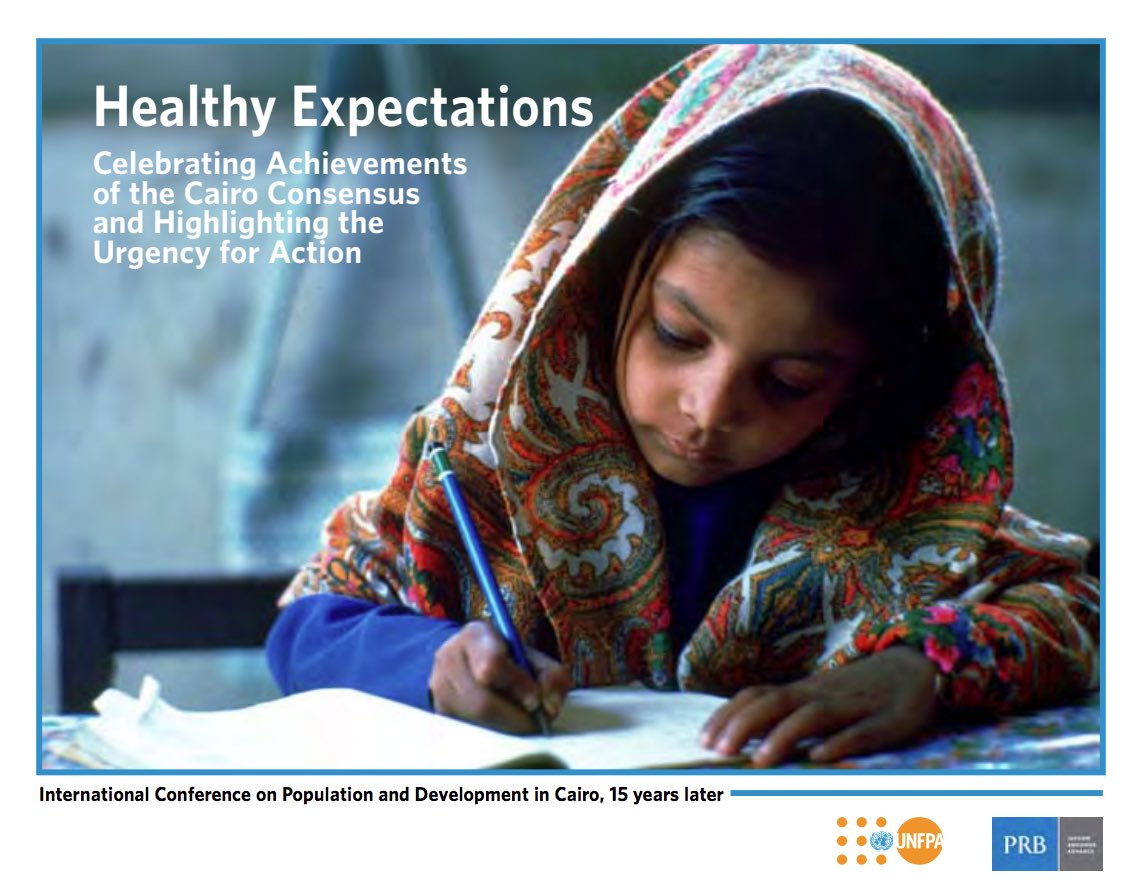Social Change in the Wake of the U.S. Recession
(2009) Between 2007 and 2008, U.S. household income fell sharply as the unemployment rate increased.
(2009) Between 2007 and 2008, U.S. household income fell sharply as the unemployment rate increased.

(2014) "The Demography of Inequality in the United States" is a PRB Population Bulletin that investigates the intersection between demography and inequality in the United States, with a focus on regional patterns and differences by age, race/ethnicity, gender, and family structure.
(2015) Three alumna of PRB's Women's Edition program and a fourth journalist who participates in PRB's study tours and trainings in Francophone West Africa are among 15 journalists being honored by Women Deliver for their excellent reporting on the health and rights of women and girls.

(2009) Fifteen years ago, in 1994, the world's nations forged a visionary plan in Cairo, Egypt, to foster economic development and reduce poverty, with a focus on promoting human rights, empowering women, and erasing inequities within societies.
(2002) The past century witnessed a revolution in health care, yet millions of women still endure the risks of pregnancy and childbirth under conditions virtually unchanged over time. Maternal complications take a serious toll on women.
(2004) The HIV/AIDS epidemic is the dominant reproductive health issue in Zimbabwe, a country of more than 12 million people who are facing extreme economic, social, and political turmoil.
(2009) Timely economic data provide the means to assess the severity of the current economic hardship on the U.S. population. Official poverty estimates released on Sept. 10, 2009, by the U.S. Census Bureau show that in 2008, the poverty rate rose to 13.2 percent, and child poverty increased from 18 percent in 2007 to 19 percent, the highest level since 1997.
(2009) Family planning reduces infant and maternal mortality rates by allowing women to plan and space their pregnancies and avoid unintended pregnancies.